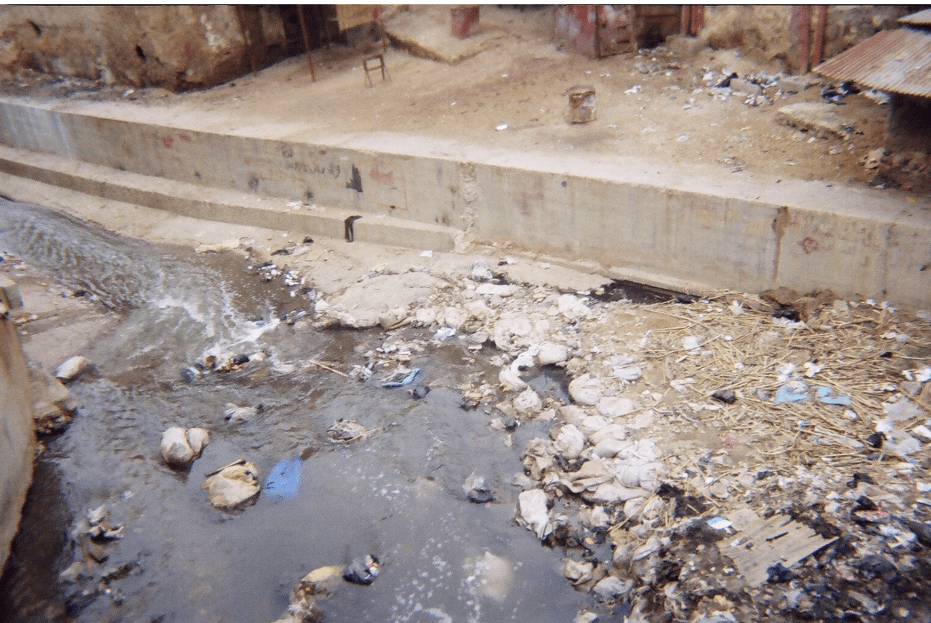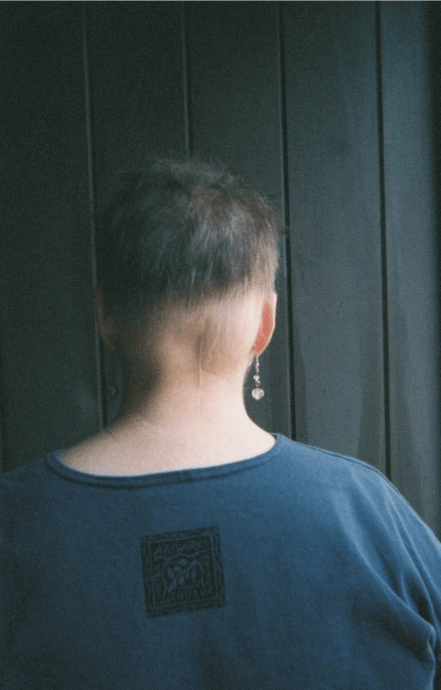By Bettina Kolb, University of Vienna and Laura Lorenz, Brandeis University
It is highly evident that advancements in global technology are dramatically changing the way people use photography. Last month we invited conference registrants to read and comment on Laura Lorenz’s and Bettina Kolb’s conversation on the impact that digitization is having on photographic practice and photovoice. Now, we are opening that discussion up to everyone. Please leave your comment below.

Technology
The digitization of photography has allowed photos to be used on the Internet and shared widely, far beyond an individual’s community. This technological change has impacted many aspects of our daily lives, for example, access to healthcare through telemedicine. Digital photos are now part of common photography practice. Once you own a cell phone, photos can be taken and shared at no cost. The digitization of photography has impacted photovoice and participatory photography more generally as well.
Bettina: Digitization of photography can get in the way of young people reflecting on their lives and communities and communicating their perspectives to others. Posting to social media often involves a desire to impress this person, or impress that person, or getting ‘likes’. With photovoice, we as facilitators or researchers want participants to be thinking instead, ‘What do I really think, what do I want to communicate to others about the project topic, as opposed to how do I want other people to see me in my life?’ This change in purpose is a re-orientation of photo practice, from a desire to be ‘liked’ to a desire to effect change.
Laura: One aspect of documentary photography and photovoice that has not changed due to digitization is, ‘Is this photography showing the truth or not?’. Whether you are using a film or digital camera, this question does not change. Photovoice creates opportunities for patients, front-line workers, and youth, for example, to ‘tell their truth’, and offer ‘evidence’ to inform change efforts. There is power in that. We as audiences need to respect participants’ truths, even when viewing them through our own lens of personal experience and training. We can respect the photographer for their point of view and at the same time use a critical lens to understand what the photo can tell us.
Question for reflection: What critical reflection practices can encourage a re-orientation by photovoice participant and facilitators alike?

Communication
Digital photography allows people without much power in society to communicate directly with audiences via social media. Internet chat programs like Zoom create opportunities to communicate over long distances and avoid the time and expense involved in traveling to meet face to face. Communication with photovoice participants and with audiences for the information being shared have changed dramatically in the past 20 years. Yet risks remain for photovoice participants who may be contesting the views of authorities in their contexts.
Bettina: In some societies, participants could be punished for expressing their views in photos and captions. Yet in other societies, Austria for example, it is now possible for any person to submit a photo and message pointing out a problem. The authorities have set up a platform that invites people to send a photo and show something that should be changed or fixed. The authorities accept the photos as suggestions. The photos submitted are part of the administration’s way to learn about problems they might not know about, or prioritize, otherwise.
Laura: A basic tenet of photovoice is communication for systems change. In projects that I have facilitated, individual photos have encouraged action to address a particular problem, such as a too-steep walkway entrance or cracks in a high school dance floor. Having an impact on systems change, however, can mean first, communicating the views of a larger number of participants, and second, gathering multiple types of data to inform policymaking conversations. More participants and more types of data require larger investments of time and funding.
Question for reflection: How can we encourage a systems impact with photovoice when resources are limited?

Culture
It is more acceptable now that photos taken for research purposes, by patients, community members, front-line workers, or youth can be data, or evidence, to inform changes in policy or programming. Yet challenges remain in convincing policymakers to use photovoice data to make decisions.
Bettina: Often the tradition of photography is to present the best things, not the ugly, not the actual things. Some participants struggle with taking critical photos and saying critical things about their community, while others have trouble seeing the positive, or the assets in their communities or lives. In some countries, to be critical of authorities might mean being arrested or even killed. Yet the fact remains that the photos are being seen more and more as evidence. For individuals, like Judy in your research, Laura, a photo can show a change in self-perception, as she cut her hair short to let her scar show, without feeling shame.
Laura: Judy’s photo inspires me still! And at her funeral, so many people with brain injury talked about that photo where she showed her surgery scar and what it meant to them personally. The cultural practice of photography has changed so that it is easier for people to take photos for research purposes and more acceptable that these visuals can be data, whether film or digital. But you still need organizations to be advocating and leading the change. Individuals can change their behavior. Members of a community can change their attitudes or thinking. The culture change relates to translating photos to action.
Question for reflection: How can policymakers and program managers apply rich, context-laden data to quality improvement or reform efforts?
1 Lorenz, LS. (2011 May). A way into empathy: A ‘case’ of photo-elicitation research. health: An Interdisciplinary Journal for the Social Study of Health, Illness and Medicine,15(2), pp 259-276. https://pubmed.ncbi.nlm.nih.gov/21335362/
2 Lorenz, LS and Kolb, B. (2009). Involving the public through participatory visual research methods. Health Expectations, 12, pp 262-274. https://www.ncbi.nlm.nih.gov/pmc/articles/PMC5060495/
